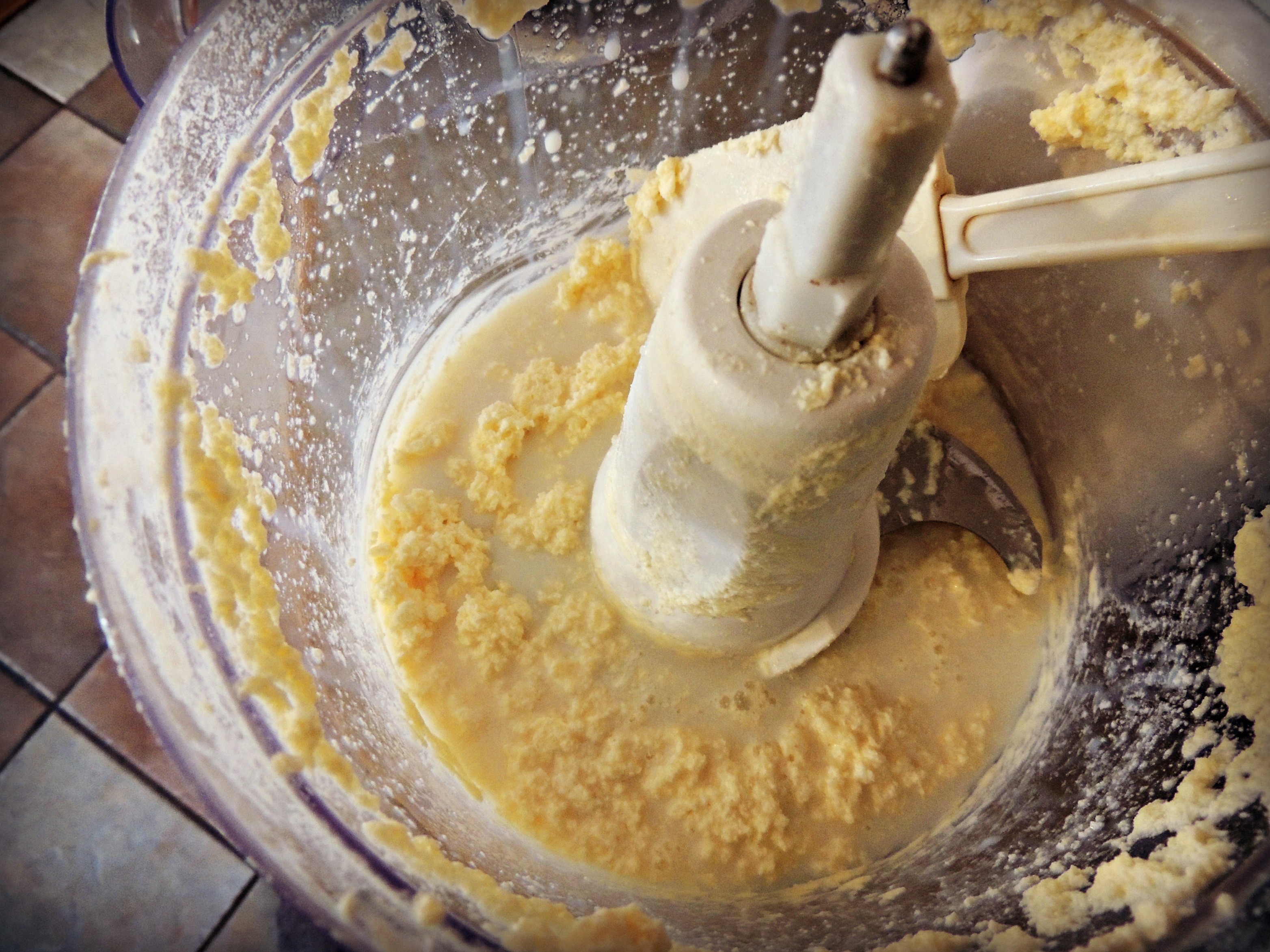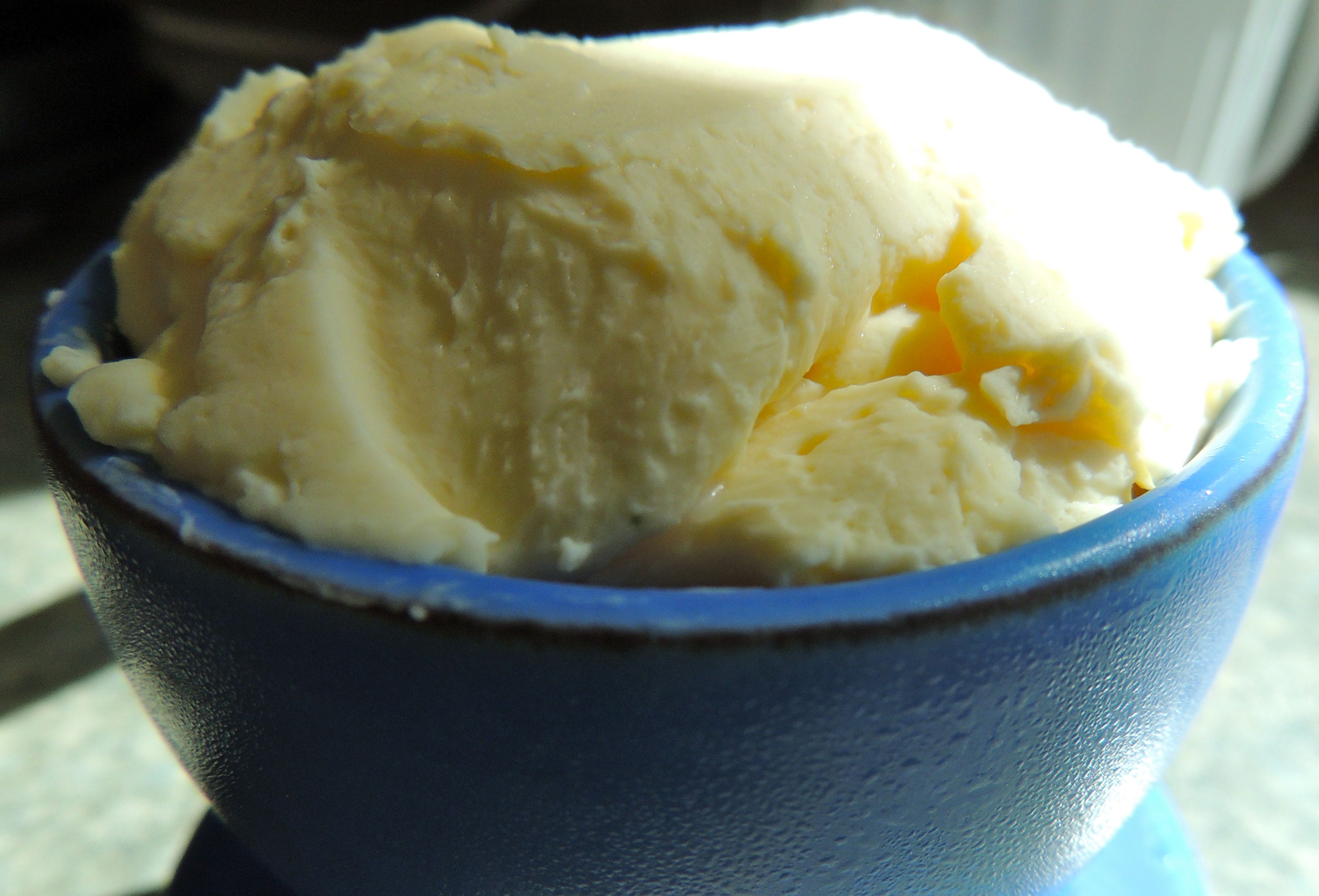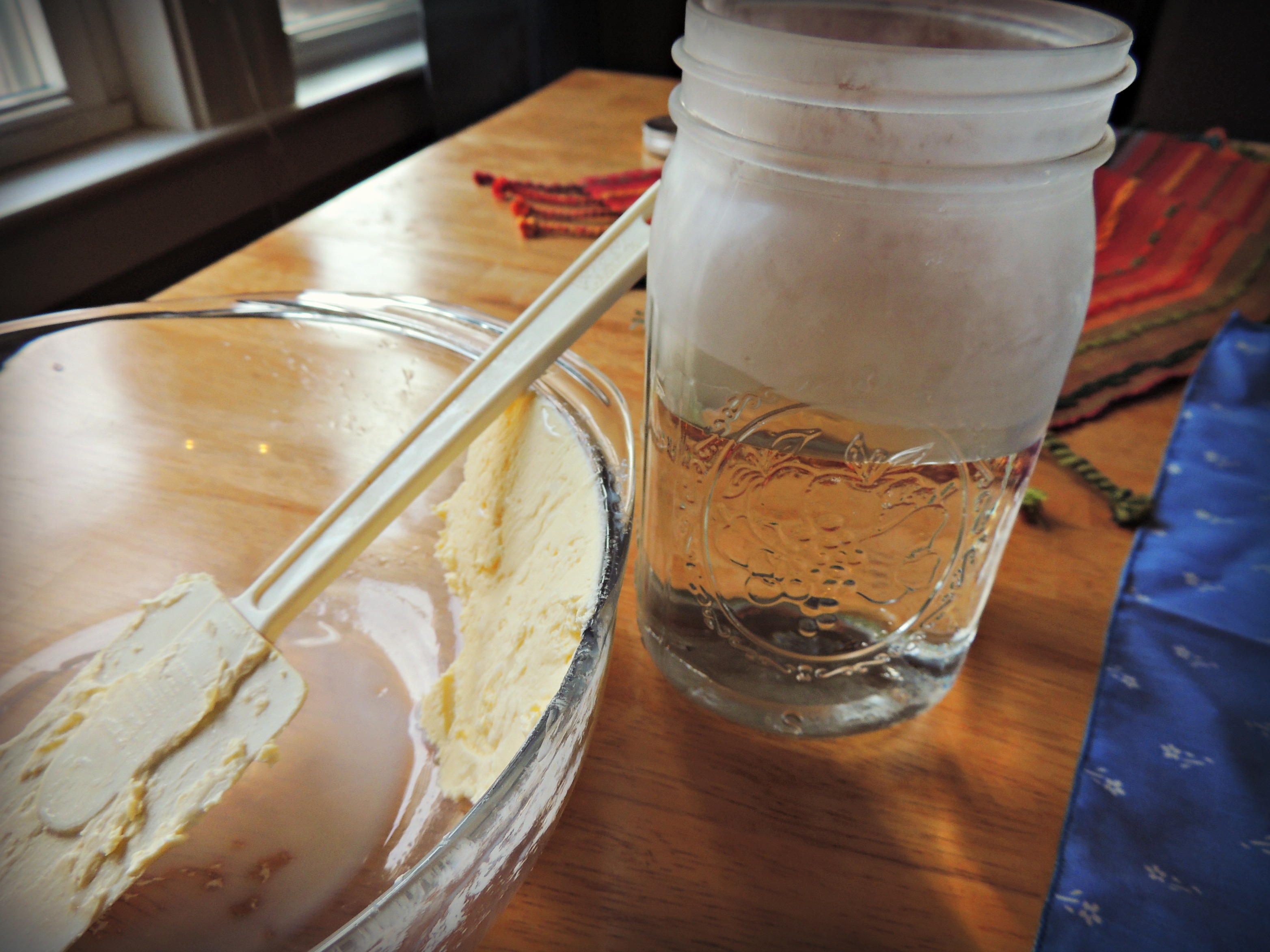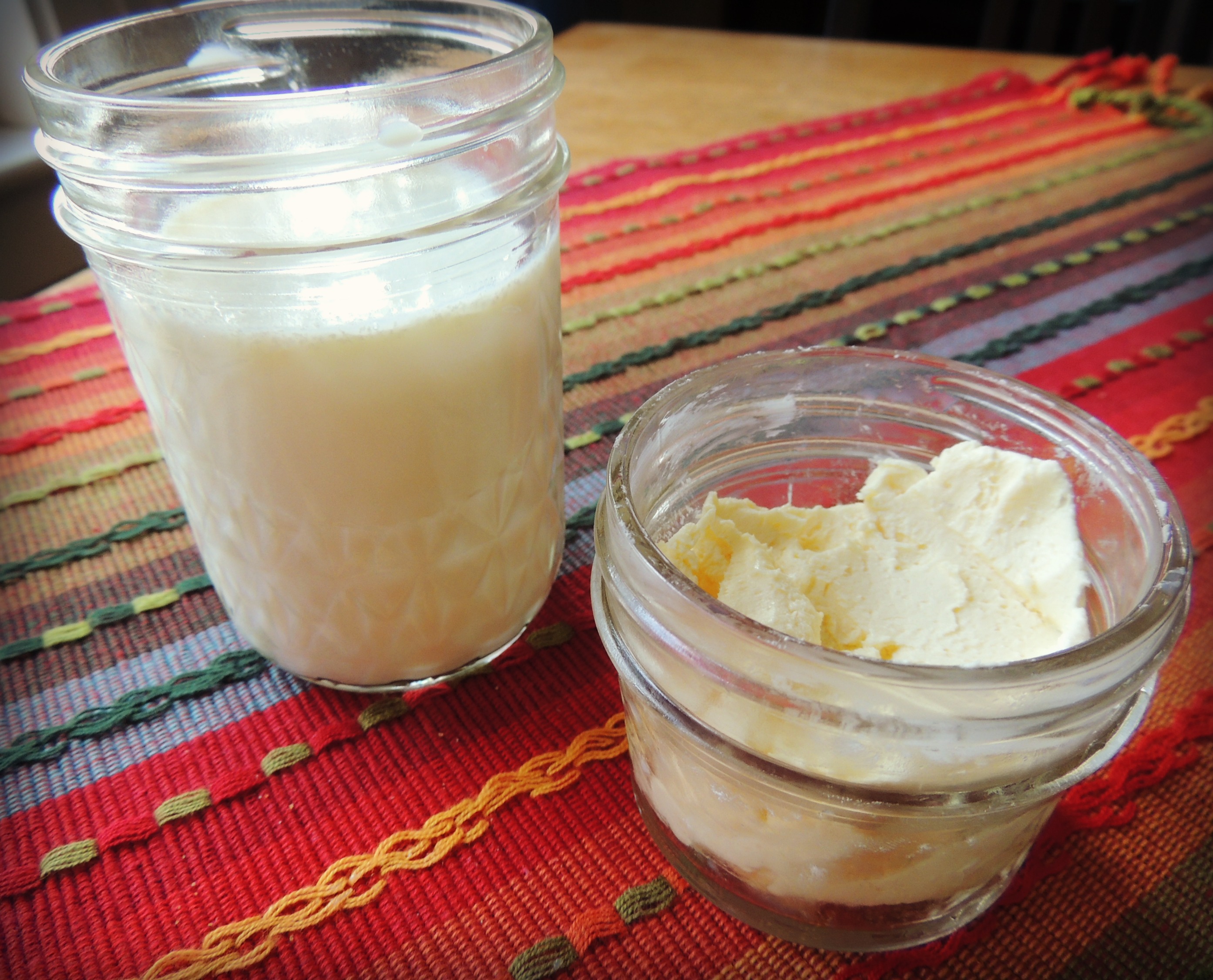There is something about the rich, melty, drippy, golden goodness of butter that seems so divine, it should be forbidden- or so goes the modern dietary creed. With a nutritional approach that teaches deprivation as the key to health and beauty, butter has become a deeply feared food and a symbol of frowned-upon indulgence in the Standard American Diet. Yet, what if this incredibly smooth and rich fat was precisely what our craving bodies need for health, for happiness, for life? Combining the most innovative modern medical research and the intuitive wisdom of tradition cultures, it turns out to be true: butter is beautiful! Learn how to make your own raw butter at home and dare to relish in the delightfully satisfying nourishment this simple food has to offer.
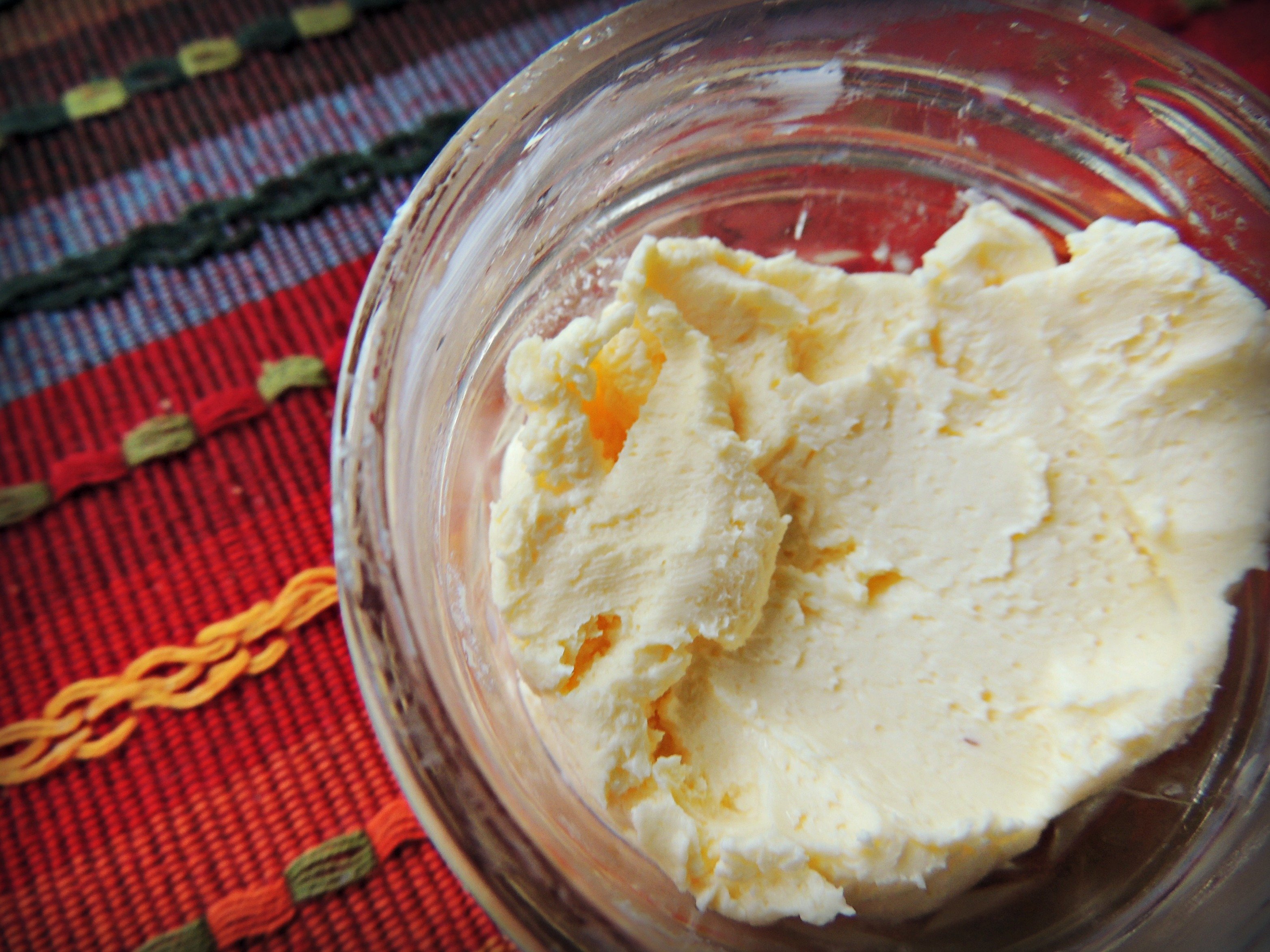
Why Butter Anyway?
When luminary researcher Weston A. Price traveled the world in search of the secrets to robust health, he discovered many traditional societies that thrived on raw, whole-fat milk, cream, cheese and nutrient-rich butter. Vibrant with physical strength, stunning beauty and energy, he noticed a remarkably effortless joy and exuberance in these remote animal-fat eating villages. Price attributed many of these characteristics to the life-giving, nutrient-rich whole food diets that sustained these individuals. He was particularly captivated by the percieved benefits of one of their most sacred foods: butter.
The valuable information from Price's elegant cross-cultural research was published in 1939 in a book entitled Nutrition and Physical Degeneration. His messages in his incredible work however, were partially overshadowed by several tragically botched mid-1900 studies which mistakenly vilified butter as a risky health-destroying food associated with weight gain and heart disease. Luckily, recent reviews of nutritional research have confirmed that contrary to what these popular anti-saturated fat studies stated, a diet high in butter DOES NOT have a statistically significant link to high cholesterol levels, heart disease or obesity. In fact, in accordance with the intuitive knowledge of traditional cultures as explained by Dr. Price, butter actually contains a harmoniously orchestrated collection of synergistic factors that work to regulate appetite and metabolism, ensuring the proper assimilation of nutrients for maximum health benefit. The best way to experience the health benefits of butter of course, is to indulge in a large pad of it melting over your veggies! However, for the curious, we are privileged to have access to the detailed analysis of modern science, which has enabled us to demystify some of nature’s design and isolate a sampling of the beneficial components found in this precious food:
- Short and Medium Chain Fatty Acids: Butter is comprised of 12-15% of these unique, easily utilized saturated fats. Because they are directly absorbed in the small intestines without requiring emulsification, they are rapidly assimilated as a source of fuel. Lauric acid in particular, as also found in extra virgin coconut oil, is notable for its potent antimicrobial qualities.
- Fat-Soluble Vitamins: Including vitamins A, D, E and K in harmony with their naturally occurring co-factors to promote absorption. These essential nutrients are rare in the Standard American Diet, and are crucial in sustaining basic biological activities such as growth, development, digestion, nervous system function and reproduction. Studies have shown that Vitamin A from butter is more easily absorbed than from alternative sources.
- X-Factor: Weston A. Price noticed that butter from grazing cows had an incredible catalyst or activator present in it, which allowed the body to absorb and assimilate all other nutrients with ease. Modern science has revealed that this powerful factor is actually little-discussed vitamin K2. Some researchers predict that vitamin K2 deficiency may be one of the major contributing factors to heart disease.
- Trace Minerals: Within the fat globule membrane of butterfat are manganese, zinc, chromium, iodine and selenium, which are commonly deficient in the modern diet.
- Omega-6 and Omega-3 Fatty Acids: Although found in smaller amounts than in fish oils, the essential fats in butter are presented in a very balanced ratio, preventing problems linked with overconsumption of omega-6s.
- Conjugated Linoleic Acid (CLA): Found only in the butter from grass-fed cows, this nutrient is particularly important for muscle building and healthy weight regulation. It has also been found to be a potent anti-cancer agent.
- Cholesterol: That’s right. Cholesterol is a critical nutrient that is of utmost importance for nervous system function, growth and development, hormone production, proper digestion, mood regulation and fertility. Butter also contains all of the nutrients and cofactors such as lecithin, which ensure the healthy metabolism of cholesterol.
Not All Butter is Created Equal: Store Bought vs. Homemade
With all of the health benefits of butter, why not run to the store and gather up a box of wholesome sticks of the stuff right now? Not so fast. Unlike the real, raw, organic, deep yellow, grass-fed butter enjoyed traditionally, most commercial butter is mass-produced from pasteurized and homogenized milk. While still beneficial, such products are made from cow’s milk that has been harshly heated and pressure processed, depleting many of the wonderful enzymes and fracturing fragile nutrients. What’s more, these unstable products are often filled with rancid fats and oxidized cholesterol. It is possible to find organic, grass-fed butters in the store, but keep in mind that due to FDA regulations, these are generally not raw. Keep in mind however, that even supermarket butters are far superior to vegetable oils- so in a pinch, don't hesitate to get creative and use what you can find!
The very best thing you can do is to make your own butter from local raw cream. Making butter is easy and gratifying process that provides a valuable reconnection to food in it’s most fundamental form, and nowadays you don't even need a big wooden churn or hours of your time to do it. You can check for a source of raw cream in your area by visiting the Weston A. Price Foundation's www.RealMilk.com. If you can only find raw milk in your area, you can easily skim the cream from the top by pouring it off or using a turkey baster. Although not ideal, you can also make butter from pasteurized cream, however check to be sure that it is not ultra-pasteurized. If you take the time to culture or sour the cream prior to making butter, you will also benefit from the gut-balancing, healthy flora it has to offer. Find this and other back-to-the-basics, real food recipes in Nourishing Traditions.
Recipe: Homemade Raw Butter
Raw cream. For sweet butter, use fresh cream at room temperature. For cultured butter, allow cream to sit out at room temperature for about 8 hours to sour.
Ice cold water. Purified or filtered water is always best of course!
Sea Salt. Optional, but tasty!
Food processor. A quality blender or hand mixer will also work well
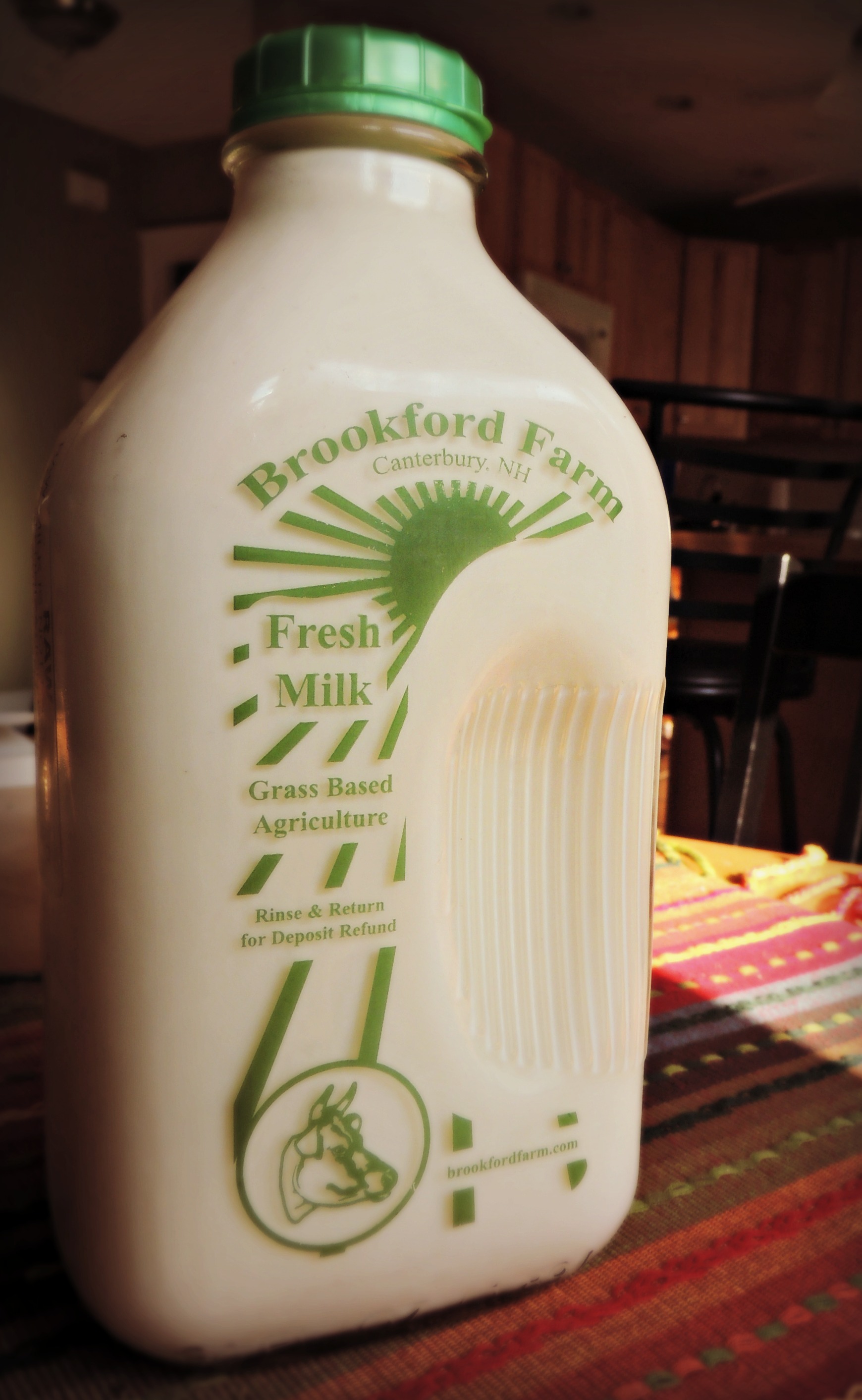
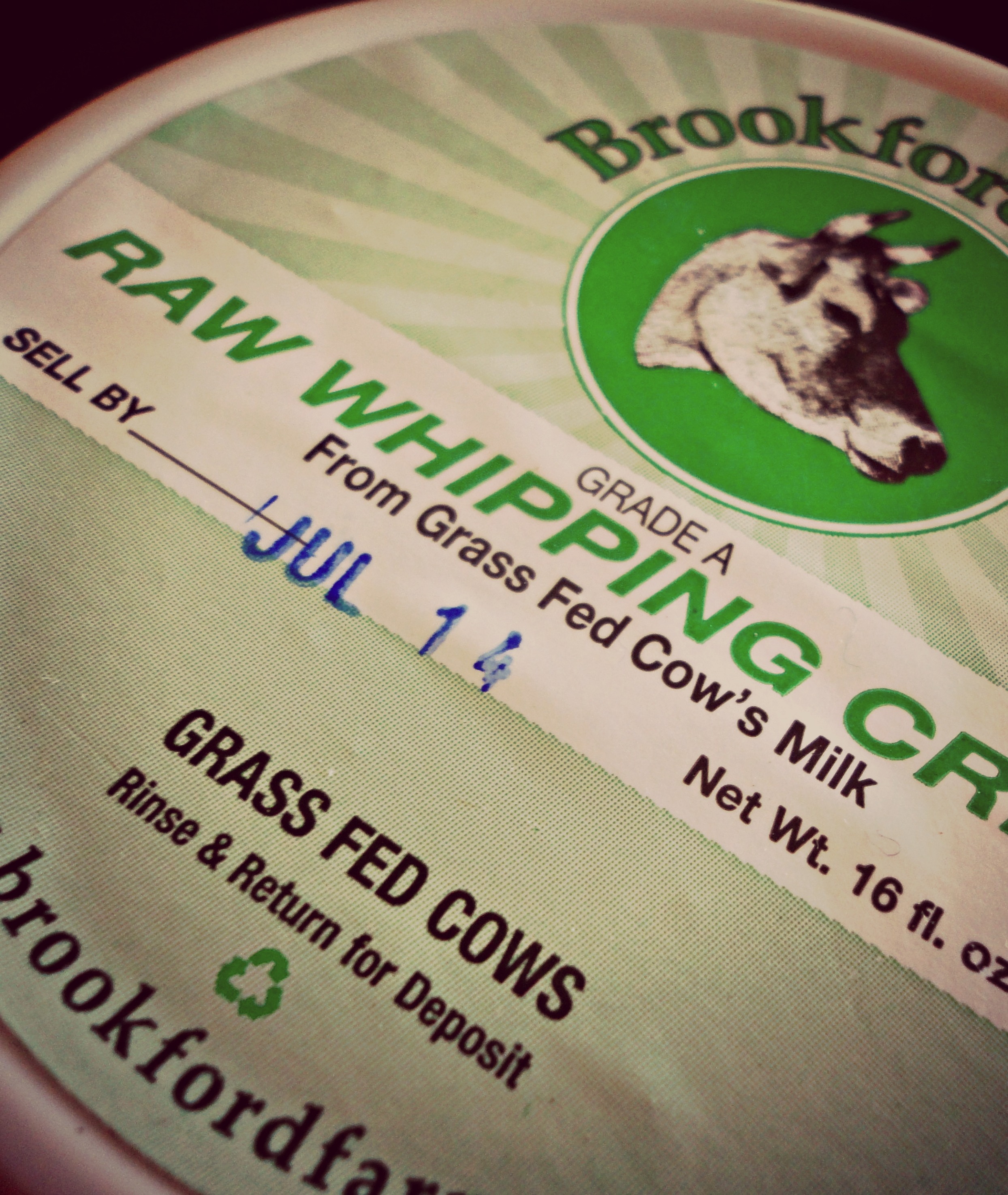
1. Pour cream in a food processor, cover and blend. After five or more minutes you will notice some clunking, as the butter and buttermilk start to separate.
